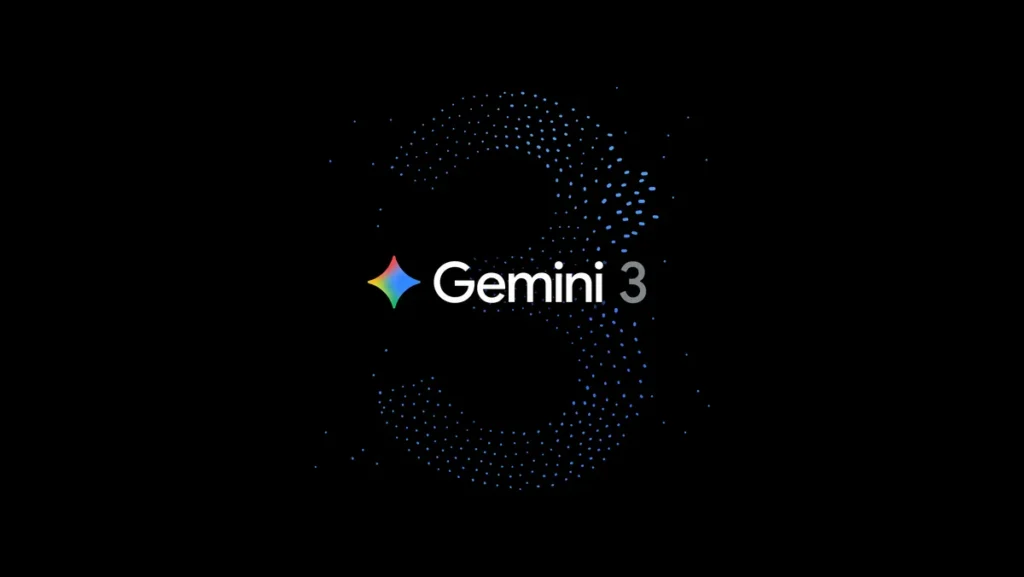Google Gemini 3 launch: Google introduces its most advanced AI system to date, offering stronger reasoning, broader multimodal abilities, a million token context window, and a new generative interface across Search, Workspace, and developer tools.
Google Introduces Gemini 3: A New Benchmark for AI
Google officially released Gemini 3 on November 18, marking one of the most significant advancements in artificial intelligence since the arrival of foundational multimodal models. Built by Google DeepMind, the new system aims to redefine how people search, plan, code, analyze data, and interact with digital information.
Sundar Pichai described the release as a clear step toward more intuitive machine intelligence, emphasizing that the model can understand intent, tone, and context across text, images, videos, audio, and code.
For readers interested in broader background on AI development, see related topics such as machine learning research trends and large language model evolution.
What Sets Gemini 3 Apart: Multimodal Strength and Higher Level Reasoning
Multimodal in Every Sense
Gemini 3 handles text, images, video, audio, structured data, and programming languages inside one unified system. This shift allows users to move through different content types without switching tools or models. For example, a prompt that mixes a video clip, a chart, and a block of code can be analyzed within a single workflow.
Stronger Analytical Power
Google reports significant jumps in reasoning and interpretation. Early benchmark testing shows standout performance on complex multimodal exams such as MMMU Pro and Video MMMU. These tasks measure advanced comprehension, not just pattern matching.
The model also includes a one million token context window, giving professionals the ability to examine long case files, engineering documentation, full books, or multi hour transcripts in one session. Researchers who handle long form content will find this capability particularly useful when compared to earlier AI systems.
Deep Think Mode
A new mode called Deep Think pushes Gemini 3 into high precision analytical territory. It is designed for advanced coding, scientific problem solving, and mathematical planning. Google says the mode scores above the already strong Pro tier on early intelligence evaluations.
Those exploring how AI contributes to public policy and digital governance may refer to topics such as algorithmic accountability and AI regulation in the United States for added context.
Widely Available Across Google Products and Tools
Search and Consumer Apps
Gemini 3 now powers Google Search’s AI Mode, which presents information in visual layouts rather than long lists of links. Users receive summaries, timelines, interactive visuals, and context driven explanations. This format pairs text with images, charts, or short clips that clarify what the model is presenting.
Inside the Gemini app and Google Workspace tools, the new model supports writing, planning, coding, spreadsheet analysis, and image assisted instructions. The release also strengthens cross product integration, meaning a draft created in Docs can be refined with the same intelligence used in Search.
Developers and Enterprise Users
Gemini 3 is available in Google AI Studio, Vertex AI, and the Antigravity coding platform. These tools allow companies and developers to build custom applications for automation, customer service, data analysis, and content generation.
Enterprise teams can use Gemini 3 to summarize contracts, analyze financial data, generate code, manage product catalogs, and build autonomous digital agents. For readers examining enterprise adoption patterns, see related links such as cloud AI integration and business automation strategies.
Generative Interface: A New Way to View Information
One of the most visible changes in Gemini 3 is its generative user interface. Instead of returning a block of text, the model creates a custom visual environment suited to the task. A trip planning prompt might produce a calendar, a weather map, and a checklist. A coding question might show a live execution panel, debugging notes, and side by side comparisons.
Google considers this interface a major shift toward natural interaction, giving users layouts that feel more like applications than chat responses.
Real World Use Cases: Learning, Creation, Analysis, and Planning
Education
Gemini 3 can weave diagrams, animations, short clips, and textual explanations into one coherent learning session. Students can explore physics, biology, or history with multi format guidance.
Productivity and Data Work
Analysts can upload long documents, datasets, or legal files and receive structured insights. Reports, summaries, and visual breakdowns appear in formats tailored to the workplace.
Creative Projects
Creators can produce detailed storyboards, video edits, and music drafts. The model understands mood, style, and narrative flow, helping users translate abstract ideas into polished templates.
Reasoning Tasks
Gemini 3 performs equation solving, debugging, project planning, and technical interpretation with higher consistency. Google states that factual reliability and transparency have improved across the board.
Safety Priorities and the Road Ahead
The Deep Think version is being tested under strict safety review before full release. Google notes that bias checks, adversarial testing, and content safety remain central to the deployment process.
The Pro version is already accessible across consumer, developer, and enterprise platforms. Adoption is growing quickly, supported by the existing base of more than 650 million users of the Gemini app.
For readers interested in oversight issues, see internal topics like AI transparency frameworks and standards for responsible machine intelligence.


